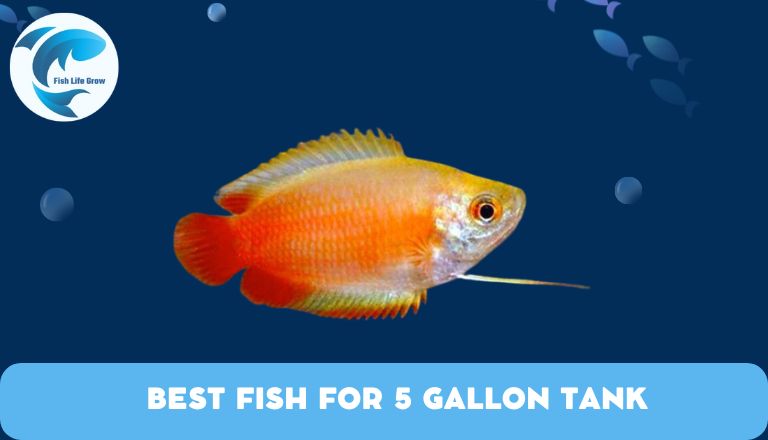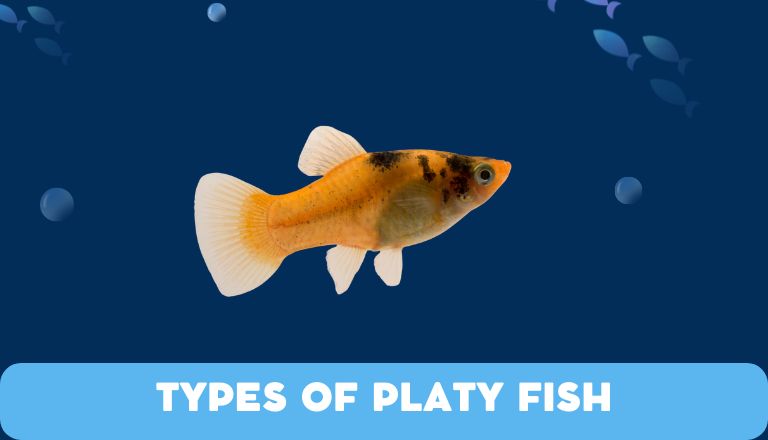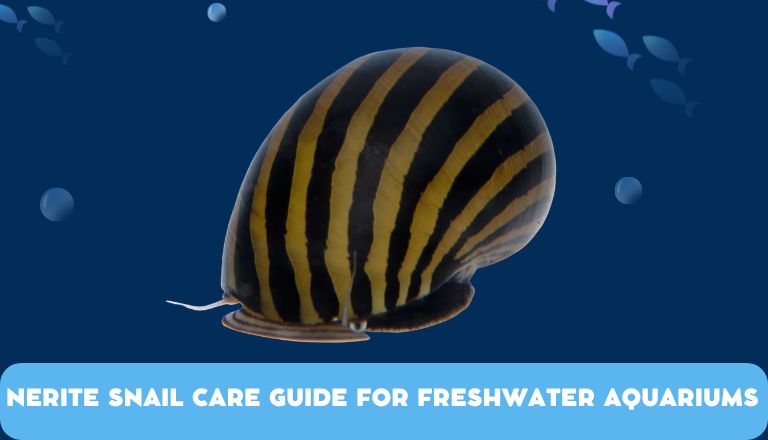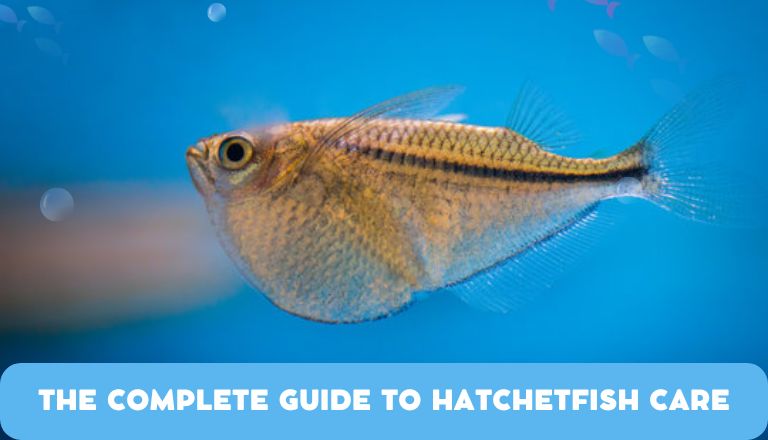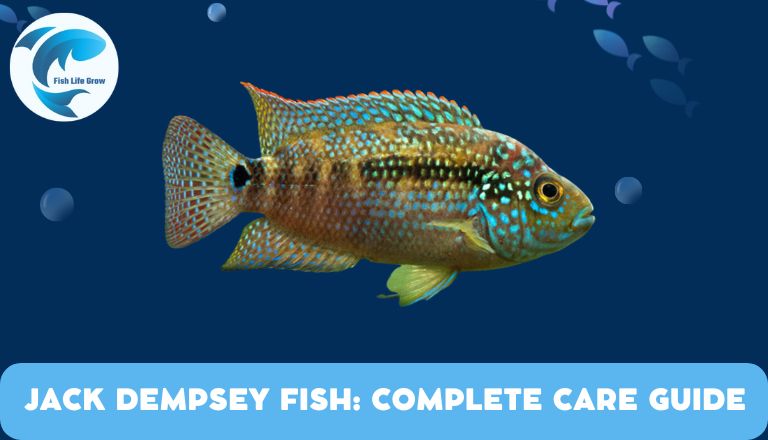Bumblebee Pleco Care : Tank Mates, Size, And More!
Want to make your aquarium more colourful? Try adding a Bumblebee Pleco. These fish have striking black and yellow stripes that catch the eye. They are liked by both new and experienced fish owners. This article covers Bumblebee Pleco care, including tank mates, size, and maintenance tips. It’s important to know how to take care of these fish, whether you’re new or experienced. Let’s begin!
Bumblebee Pleco
Lifespan
The Bumblebee Pleco, also known as the L260 catfish, is a favourite among fish tank owners due to its black and yellow stripes. They can live for more than 10 years in well-maintained tanks.
These fish are active at night, searching for algae in the tank. They are effective at naturally cleaning fish tanks. With proper Bumblebee Pleco care and the right environment, these special fish can make aquarium lovers happy.
Appearance
This fish has a cool look. It has black and yellow stripes that make it look like a bumblebee. The contrast between the stripes makes it stand out in a fish tank.

As they grow, these Bumblebee catfish get bristles on their head that help them move on rough surfaces and act as sensors. The patterns are detailed and beautiful. The fish looks elegant and is a wonder of nature in the water.
Size
These are small fish with black and yellow stripes that add charm to aquariums. They are only about 4 inches long but have a big personality. Their bright colours and patterns make them unique among freshwater fish.
Despite being small, they are active and constantly search for food in the tank. They are a good choice for small aquariums or community tanks. They have a big impact on the look of your aquarium.
Bumblebee Pleco Care
This catfish adds charm to aquariums. This fish has a big personality. Their bright colours and patterns make them stand out.

The Bumblebee catfish is always looking for food at the bottom of the tank. They are a good choice for small aquariums or community tanks. Small fish can greatly affect how your aquarium looks.
Tank Size
To make this fish happy and healthy, it’s important to have a big tank. These colourful fish need lots of space to be happy. A tank of at least 20 gallons is best, but bigger tanks are even better because they like to swim a lot. More space not only keeps them healthy but also lets them explore and find food.
A bigger tank also helps keep the water clean by spreading waste around. Make a comfortable home for your fish so they can live well in your aquarium.
Water Parameters
To keep your catfish healthy, focus on water conditions. They prefer slightly acidic to neutral water with a pH of 6.5-7.5 and a temperature of 75-82 F. Good water quality is important. Check and change the water regularly to maintain low levels of ammonia and nitrite.
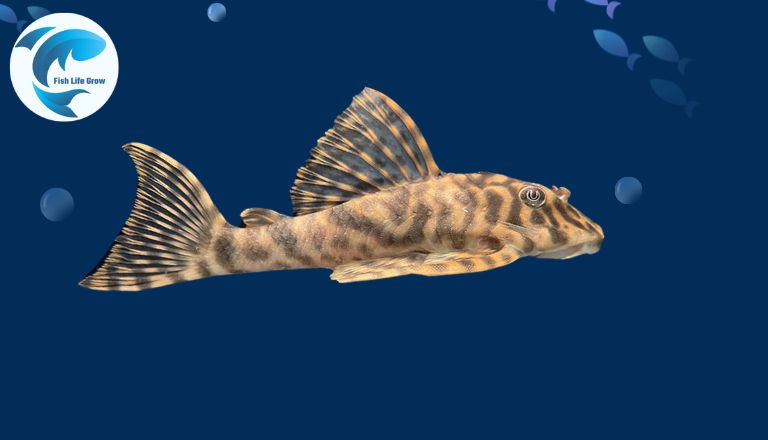
Use a good filter and keep the tank clean for a healthy environment. Add driftwood or rocks for hiding spots to mimic their natural habitat. Live plants not only look good but also help oxygenate the water.
What To Put In Their Tank
Prepare a tank by mimicking their natural habitat in South America. Use dark sand or gravel, driftwood, and rocks to create hiding spots like in their river. Add live plants such as Java ferns, anubias, or Amazon swords to keep the water clean and provide more hiding places.
Keep the lighting low as these catfish prefer dim light. These steps will create a suitable home for your fish and enhance the display of their yellow and black colours in your tank.
Common Potential Diseases
These fish can get sick with a disease called Ich, also known as white spot disease. This infection shows up as small white spots on the fish’s body and fins, causing irritation and scratching. To prevent this disease, it’s important to keep the water clean, use good filtration, and avoid sudden temperature changes.
Fish may have problems with parasites like gill flukes or skin parasites. These parasites can cause too much mucus, trouble breathing, and skin irritation. Keeping an eye on your fish for odd behaviour or signs of sickness can help find these problems early for fast treatment. To keep your fish healthy and free from disease, it’s good to isolate new fish, give them a balanced diet, and test the water often.
Food & Diet
To keep your fish healthy, give them a variety of foods like algae wafers, sinking pellets, veggies, and occasionally bloodworms or brine shrimp.
Feed them at night or with a timer, as they eat in the dark. Provide hiding spots in the tank for them to feel safe while eating. This will help meet their food needs and keep them happy.
Behavior & Temperament
These fish have a calm nature, they hide in caves or crevices and defend their territory. They may surprise new owners. They like tank mates of similar size or smaller and eat algae and leftover food.
Some fishes are social in larger groups, showing interesting dynamics that fascinate aquarium enthusiasts.
Bumblebee Pleco Tank Mates
Select calm fish such as Neon tetras or Corydoras catfish to keep with your fish. Stay away from aggressive fish like Big cichlids. Bottom-dwelling friends like Panda loaches are also a good choice. This will make a peaceful tank where all fish can live happily
.
Breeding
Breeding these catfish can be both rewarding and challenging for fish enthusiasts. During breeding, male fish build nests and protect their territory. To help to breed, put hiding spots in the tank and keep the water clean. Male fish may perform mating dances to attract females.

Closely monitor water quality and temperature for successful breeding. To help eggs grow well and hatch successfully, feed a varied diet with lots of protein. Breeding this fish needs patience, careful watching, and attention to detail.
To breed baby catfish in your aquarium, understand their behaviours and create the right tank conditions.
Conclusion
Bumblebee Pleco care is important to keep them healthy in an aquarium. Choose tank mates that get along and provide enough space for their health. These fishes are small and calm, so they are good for a community tank.
By following care instructions, fish keepers can enjoy these creatures in their aquariums. Consider adding this fish for a colourful addition to your underwater world.
FAQs
How Big do Bumblebee Plecos Get?
These Catfish usually reach 4-5 inches long. They are liked by aquarium fans for their cool look and calm behaviour.
What is the Ideal Tank Size for a Bumblebee Pleco?
A 20-gallon tank is the minimum size for an L260 catfish. It’s better to use a bigger tank to fit their territorial behaviour and hiding needs. A tank of 30-40 gallons or more is best for the health and happiness of your fish.
Can Bumblebee Fish Live with Other Fish?
Yes, They are peaceful and can live with other fish. But, it’s important to think about their needs and behaviour when picking tank mates. They like a tank with good aeration, hiding spots, and driftwood.
What Do Bumblebee Catfish Eat?
In the wild, bumblebee catfish eat bugs, worms, small sea creatures, and plants. When kept as pets, feed them sinking pellets, live food, and veggies to keep them healthy. Give them a mix of food to keep their colours bright and energy up.
How Often Should I Perform Water Changes in a Tank with Bumblebee Catfish?
Change the water regularly for Bumblebee Catfish because they are sensitive to dirty water. It’s best to do 25-30% water changes every 1-2 weeks. Check the water quality regularly and use a dechlorinator when adding new water.


